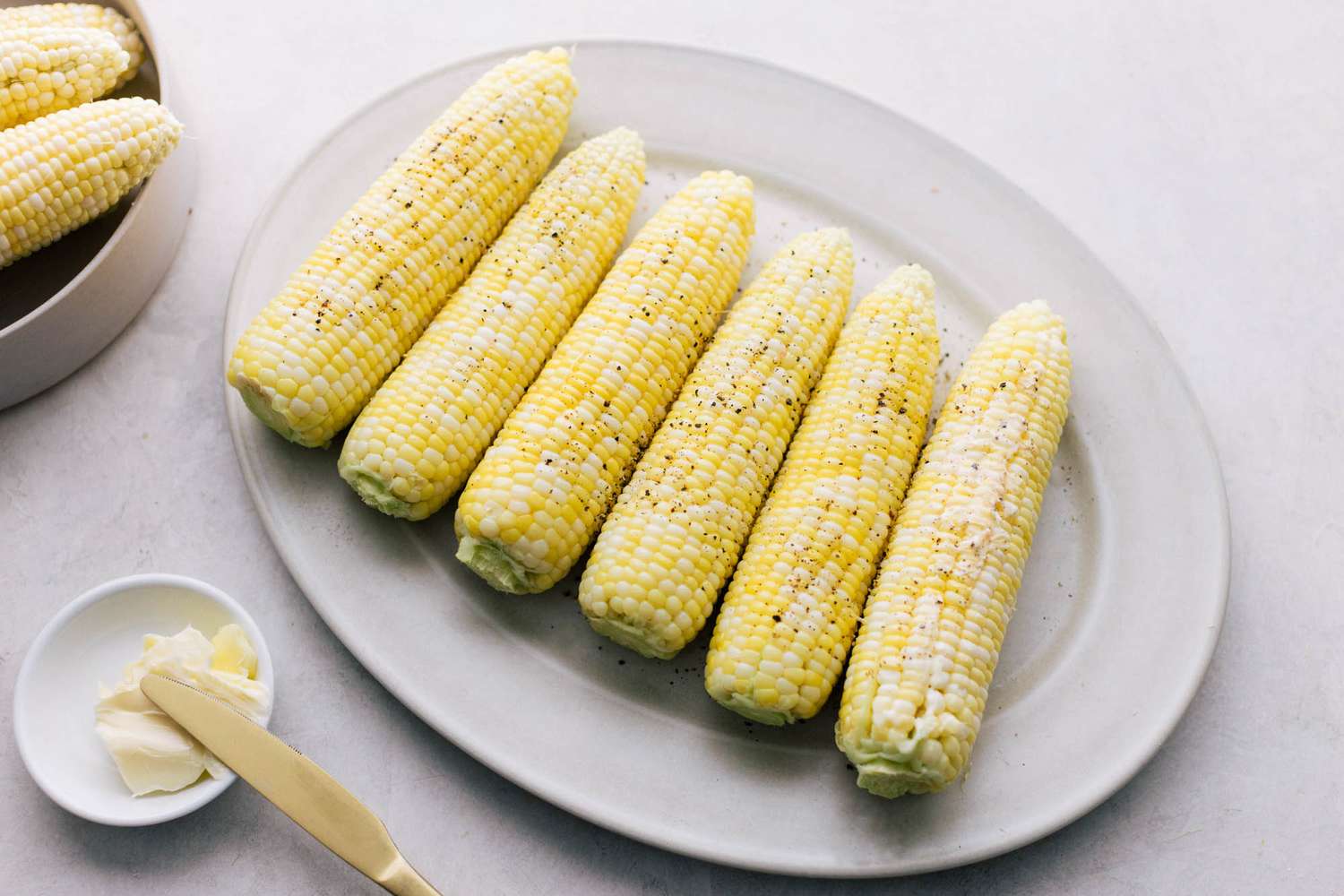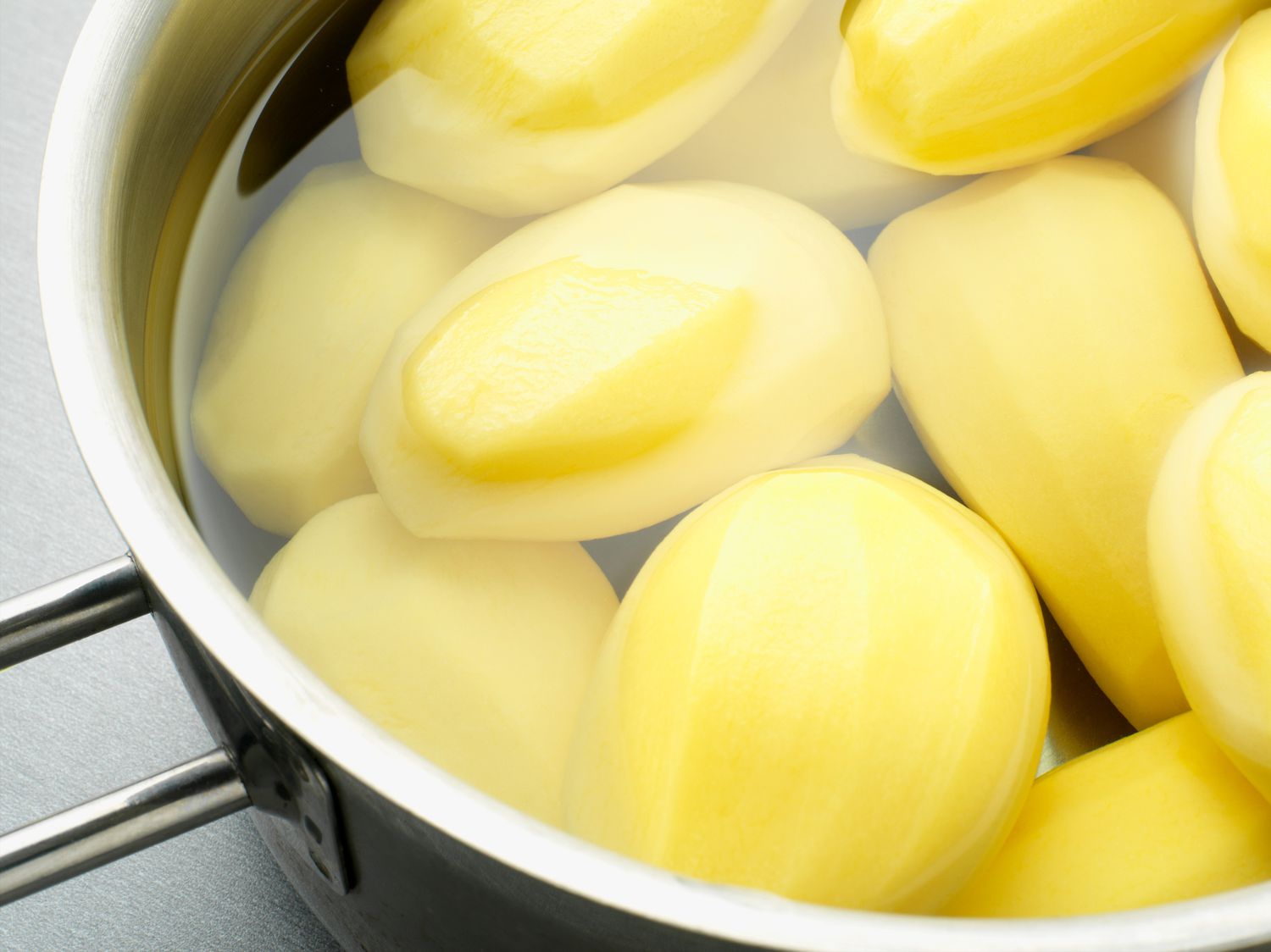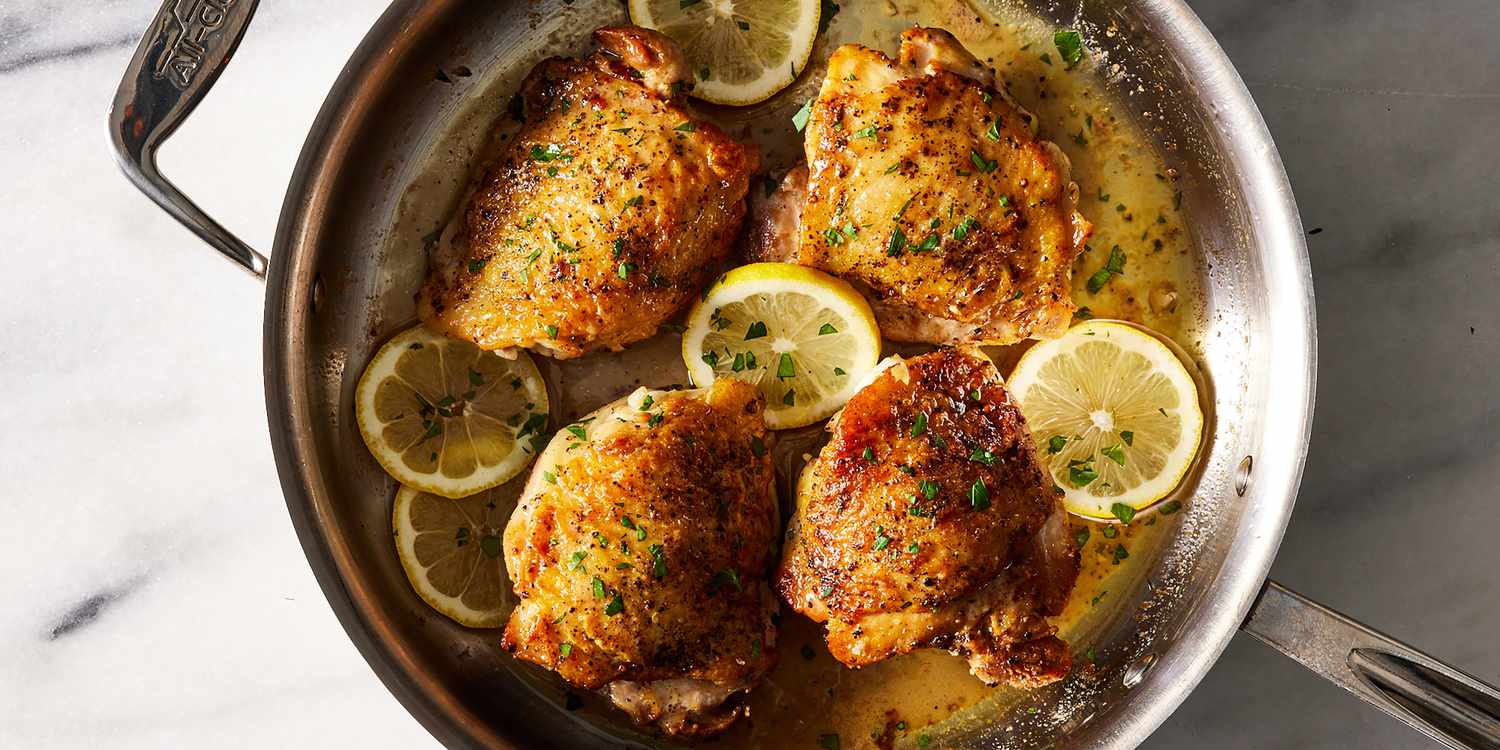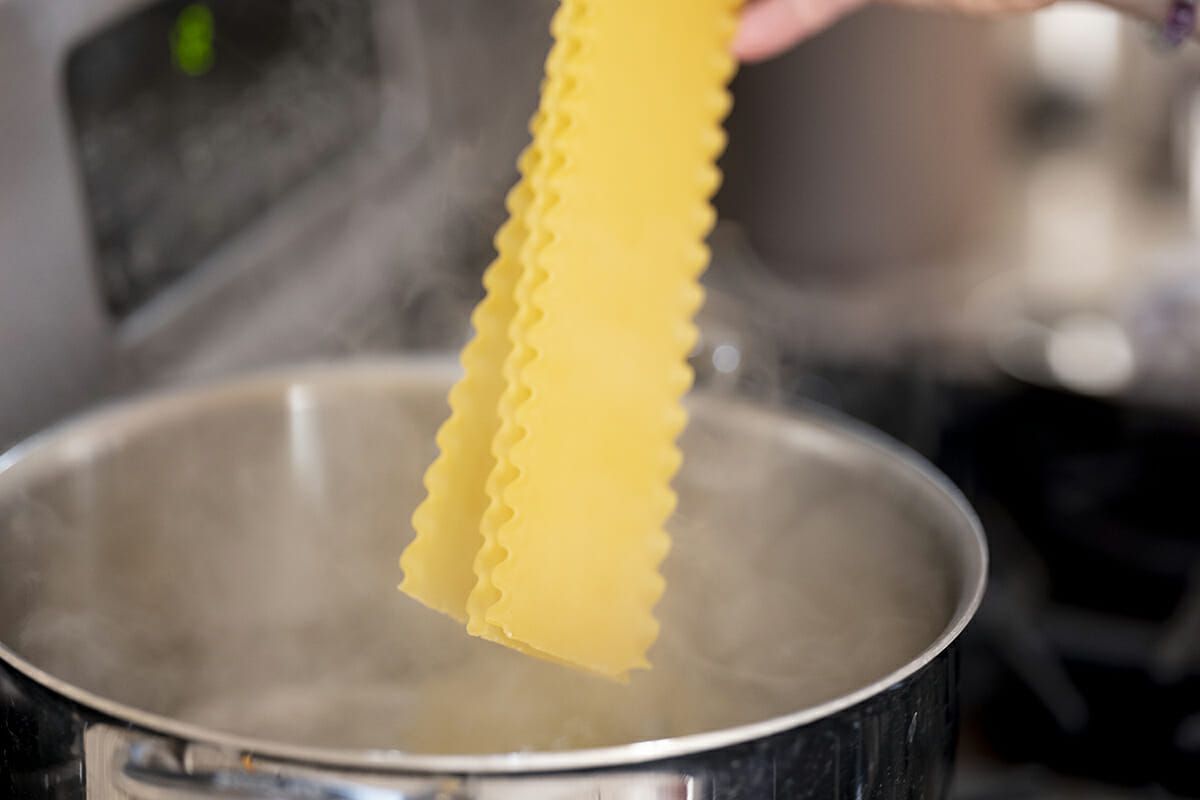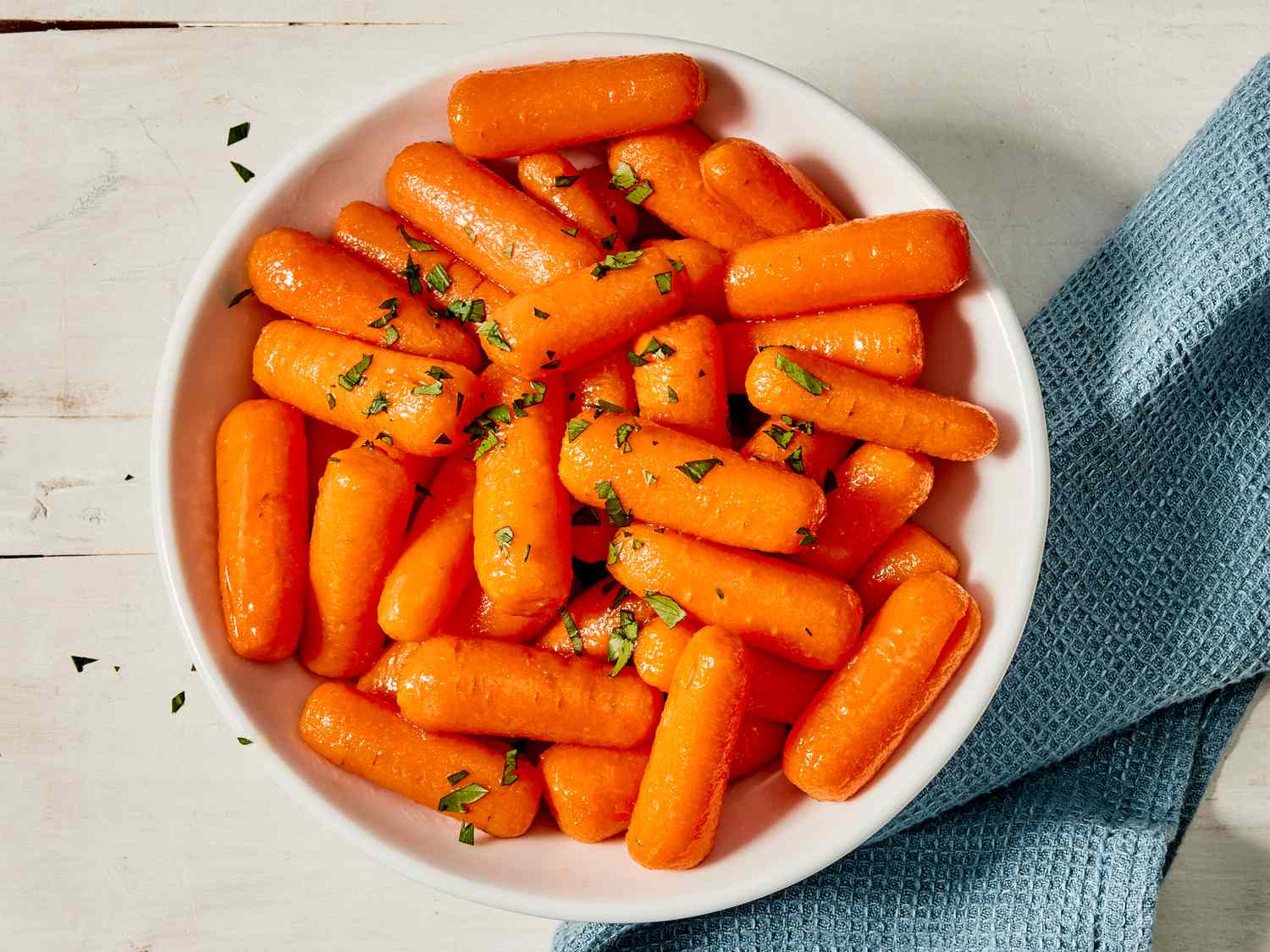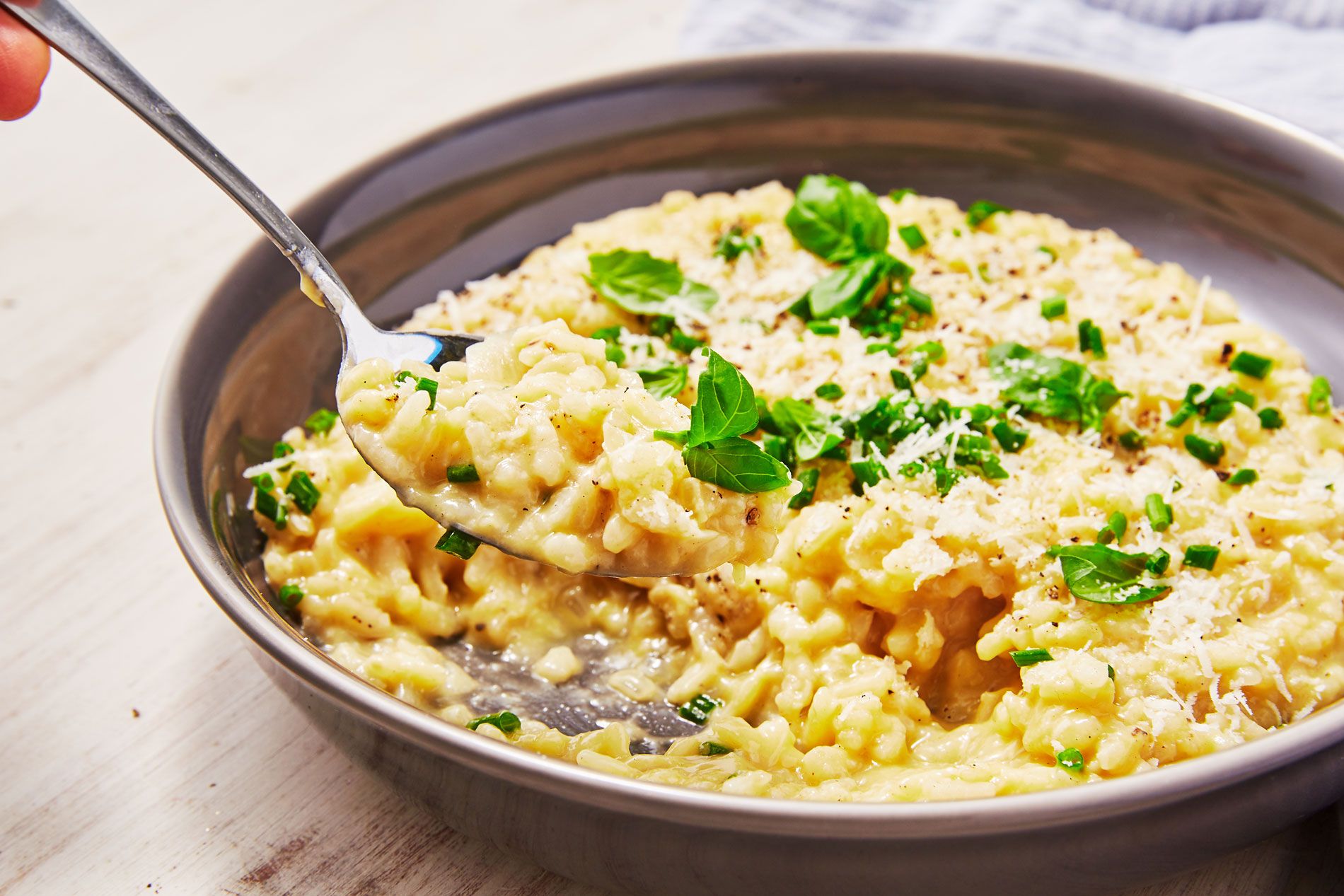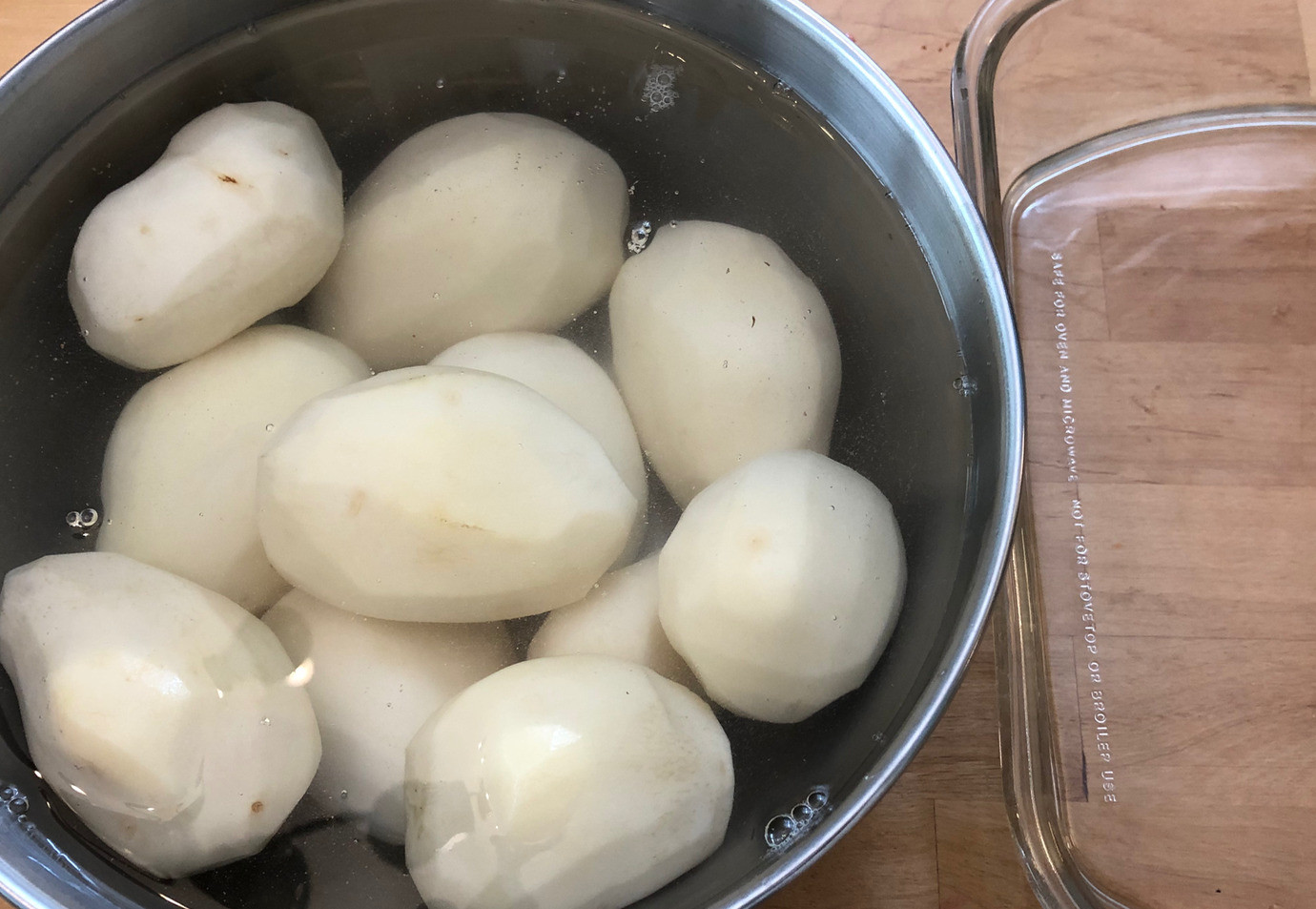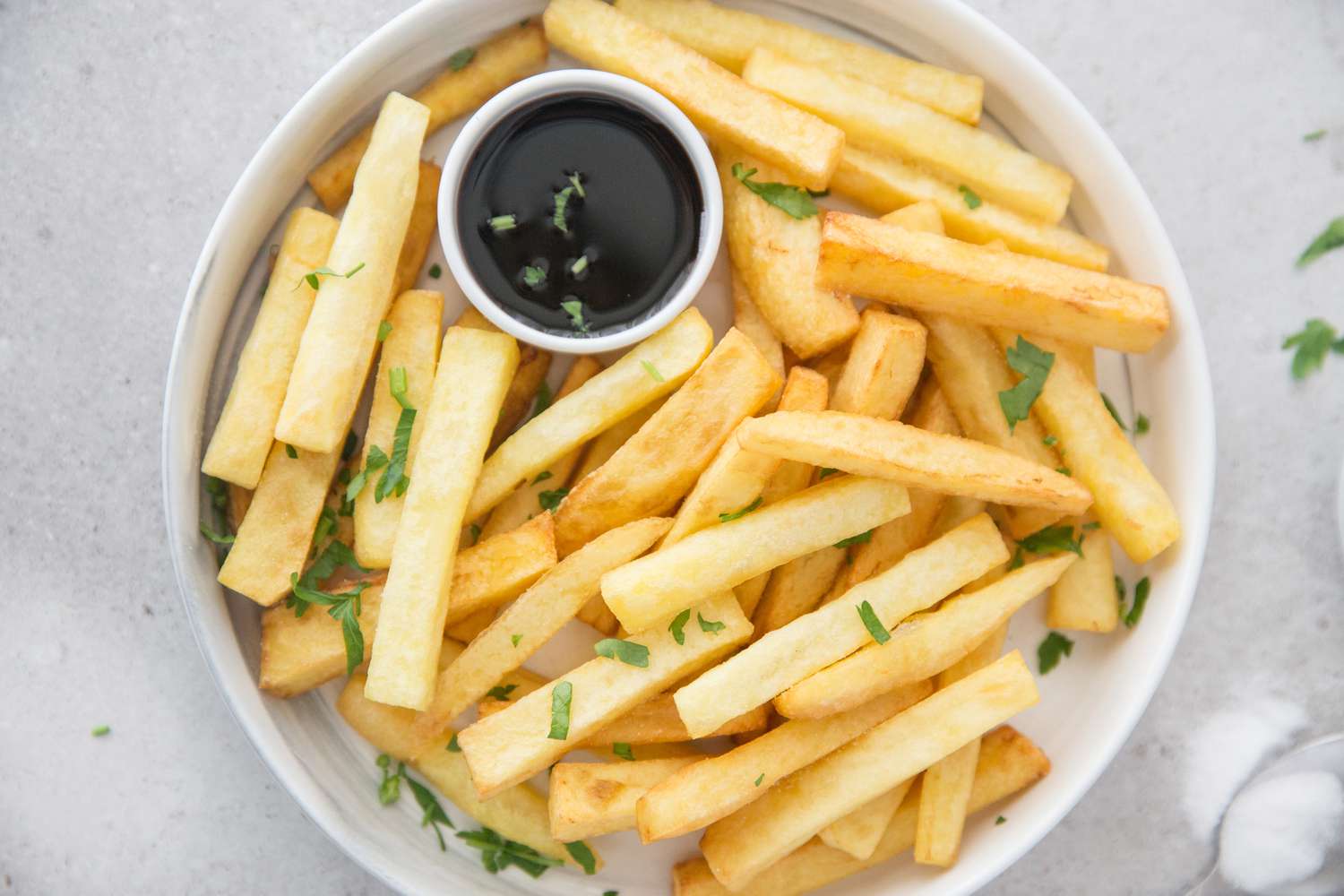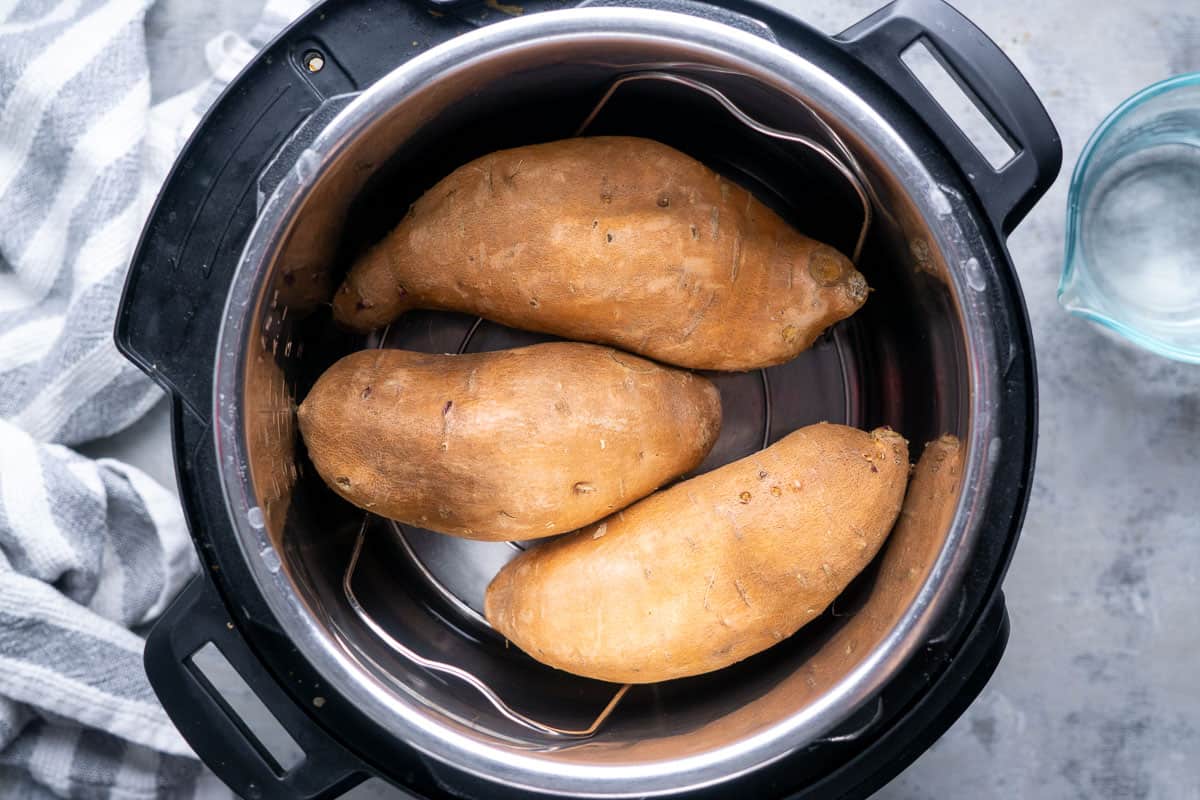Parboiling Veggies: A Quick and Easy Guide
Parboiling is a cooking technique that involves partially boiling vegetables before finishing the cooking process using another method, such as roasting, sautéing, or grilling. This method is great for ensuring that your veggies are cooked through while still retaining their vibrant color and firm texture. If you’re looking to master the art of parboiling veggies, here’s a simple guide to get you started.
Choose the Right Veggies
Not all vegetables are suitable for parboiling. Hardy vegetables like carrots, broccoli, cauliflower, and potatoes are ideal candidates for this cooking method. Delicate vegetables like leafy greens are best suited for other cooking techniques as they can become too soft when parboiled.
Preparation
Before you start parboiling, it’s important to properly prepare your veggies. Here’s what you need to do:
- Wash the vegetables thoroughly to remove any dirt or debris.
- Peel and chop the vegetables into uniform pieces to ensure even cooking.
The Parboiling Process
Follow these steps to parboil your veggies to perfection:
- Fill a pot with water and bring it to a boil over high heat.
- Once the water is boiling, add a pinch of salt to enhance the flavor of the veggies.
- Add the prepared vegetables to the boiling water and let them cook for a few minutes. The exact time will vary depending on the type and size of the vegetables, so it’s important to keep a close eye on them.
- After a few minutes, remove the vegetables from the boiling water and immediately transfer them to a bowl of ice water. This will stop the cooking process and help the vegetables retain their vibrant color and crisp texture.
Finishing Touches
Once you’ve parboiled your veggies, you can finish cooking them using your preferred method. Whether you choose to roast, sauté, or grill them, the parboiling process will ensure that your vegetables are perfectly cooked and bursting with flavor.
Benefits of Parboiling Veggies
Parboiling offers several benefits when it comes to cooking vegetables:
- It helps to soften the vegetables, making them easier to digest.
- It preserves the vibrant color and nutrients of the vegetables.
- It reduces the overall cooking time when using other cooking methods.
- It allows for better control over the texture of the vegetables.
Experiment and Enjoy!
Now that you know the basics of parboiling veggies, don’t be afraid to experiment with different vegetables and cooking methods. Whether you’re preparing a simple side dish or a hearty vegetable medley, mastering the art of parboiling will take your culinary skills to the next level. So, roll up your sleeves, get creative, and enjoy the delicious results of perfectly parboiled veggies!
More Delicious Recipes Featuring Parboiled Veggies
Now that you've mastered the art of parboiling vegetables, it's time to bring that skill into delicious, real-world applications. From the vibrant Herb-Infused Parboiled Potato Salad Recipe to the zesty Zesty Parboiled Broccoli with Lemon and Garlic Recipe, these dishes showcase the versatility of parboiled vegetables. A standout recipe to try is the Grilled Parboiled Asparagus with Balsamic Glaze Recipe, which perfectly combines the smoky flavor of grilling with the sweet and tart balsamic glaze. This method not only retains nutrients but also enhances the taste, making it a must-try for any culinary enthusiast looking to impress at their next gathering.
Was this page helpful?
Read Next: How To Parboil Bone In Chicken Thighs
